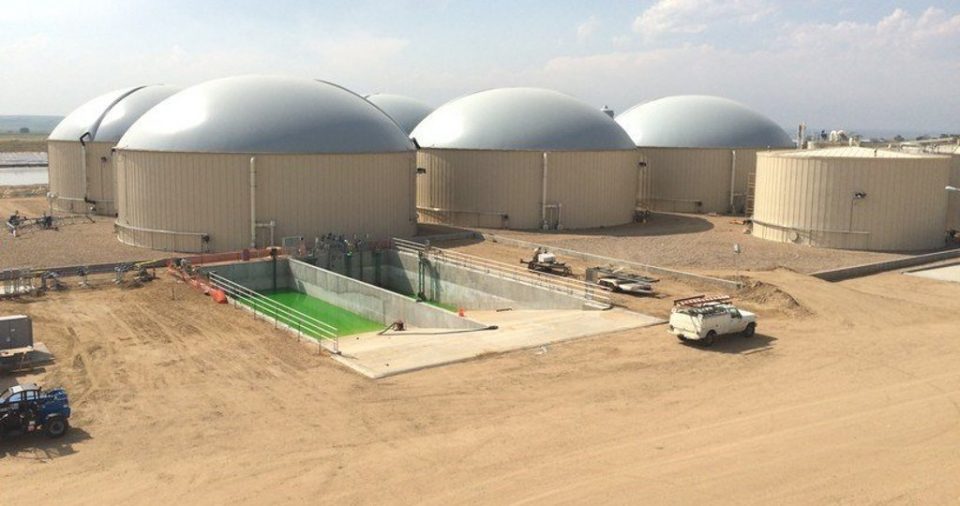Transforming Bio Methane into an Energy Source
We are often told to segregate our waste into dry and wet, this is said in order to breakdown the waste into materials that can be used to make products that can be used such as fertilizers. One of the most common materials is a byproduct in the manure making process or the breakdown of waste material is Bio Methane gas.
Bio Methane is one of the most toxic gases produced as a byproduct. It is even more toxic than CO2 emissions. Landfills are one of the areas where one would find Bio Methane in a large scale therefore such spots are a very big health and safety concern. In breaking down organic waste, the process not only traps heat but also produces a lot of Bio Methane gas. Although a lot of these landfills collect and burn the methane collected, thereby reducing Bio Methane in the atmosphere to some degree, this is still a small amount considering the actual amount of Bio Methane in the atmosphere.
Trying to reduce atmospheric methane is now becoming the focus of various university studies. Researchers are using various methods out there to try to bring down the levels of Bio-Methane in the air. One such method is the anaerobic method which composts organic material without the use of air. This can be used to redirect Bio Methane into a good energy source. Studies have found that through this method organic material can be decomposed thereby emitting far less Bio Methane.
Life Cycle Assessment is a technique utilized by researchers in understanding the environmental impact of a product or process or even an individual’s decision in affecting the environment.
Researchers use waste materials coming from restaurants and farms to study their impact on the environment, right from the stage they come into the landfill to the stage they are broken down into compost used as fertilizer. This study was conducted in order to establish the amount of Bio Methane generated and then to decide about ways in which it can be reduced.
In the US Bio-Methane alone accounts for 11% of total greenhouse gases generated. Of this the manure used in farms and food waste are the biggest contributors to Bio Methane in the atmosphere.
Organic waste in farms are normally kept in an open air pit to allow the material to break down over time and generate fertilizer for plants. The problem with this method is that when such material is brought into contact with oxygen it breaks down and releases Bio-Methane as a byproduct. In order to avoid this, organic material in the anaerobic process is put into tanks where it will not be brought into contact with oxygen. As a result a lot less Bio Methane is released.
Food waste on the other hand is not so efficient in reducing Bio Methane when the anaerobic process is used. A solution to the problem is when this material is mixed with manure. The resultant Bio-Methane can then be used to produce fertilizers or can be used in industrial processes.







